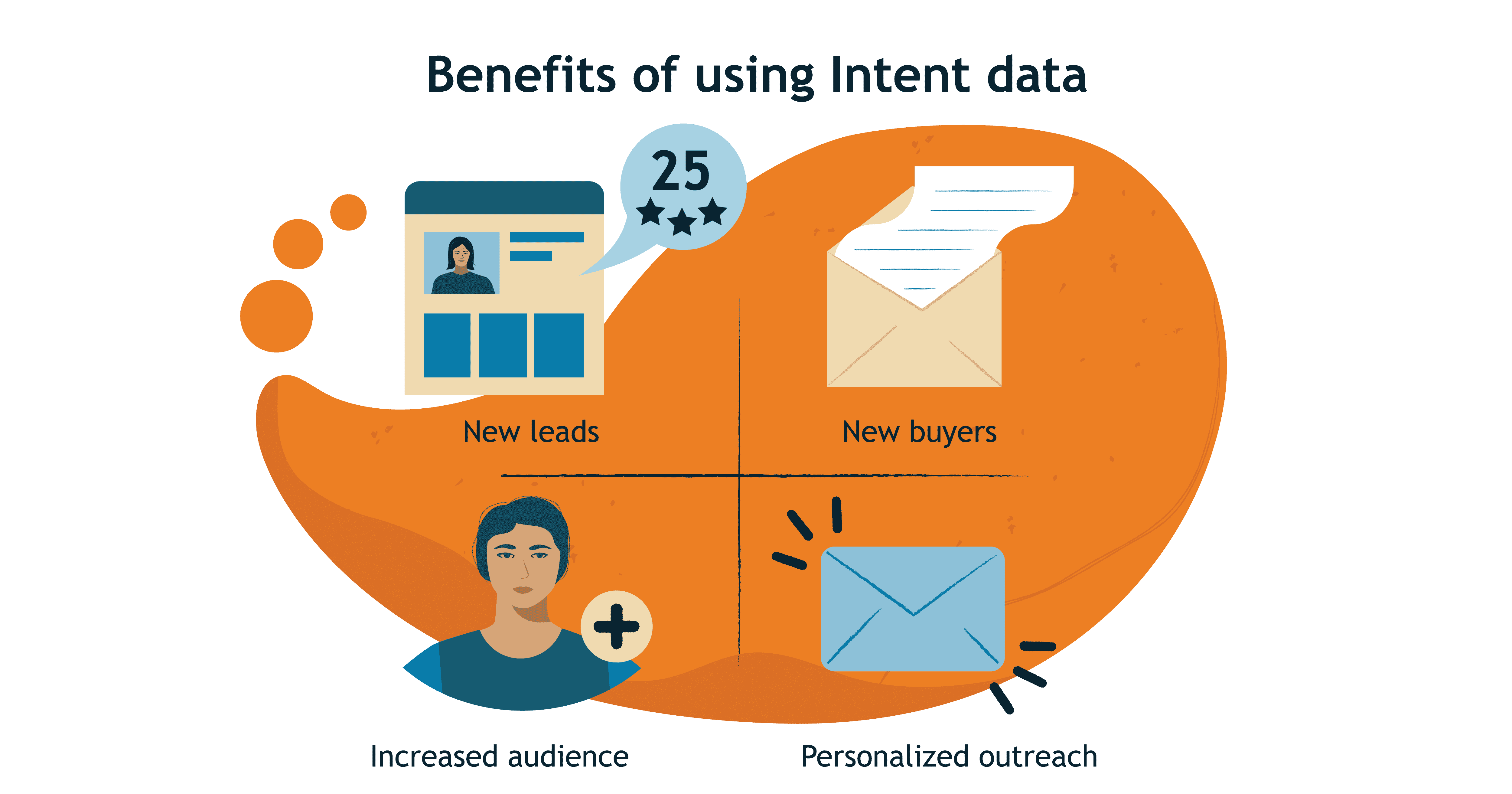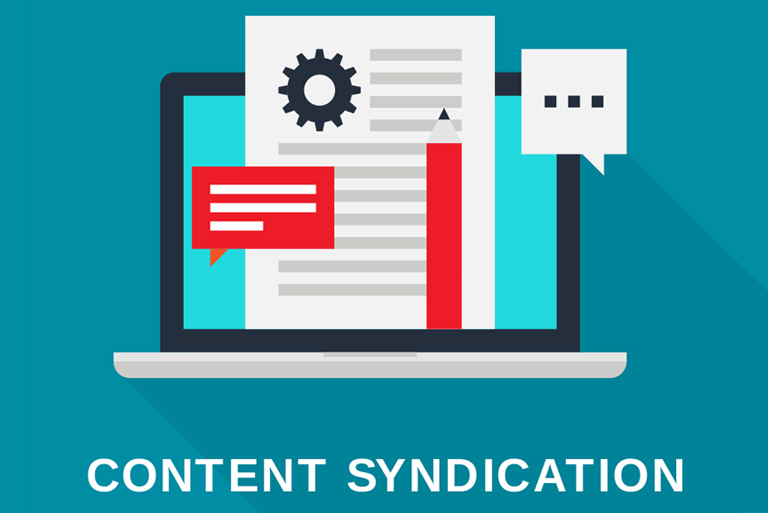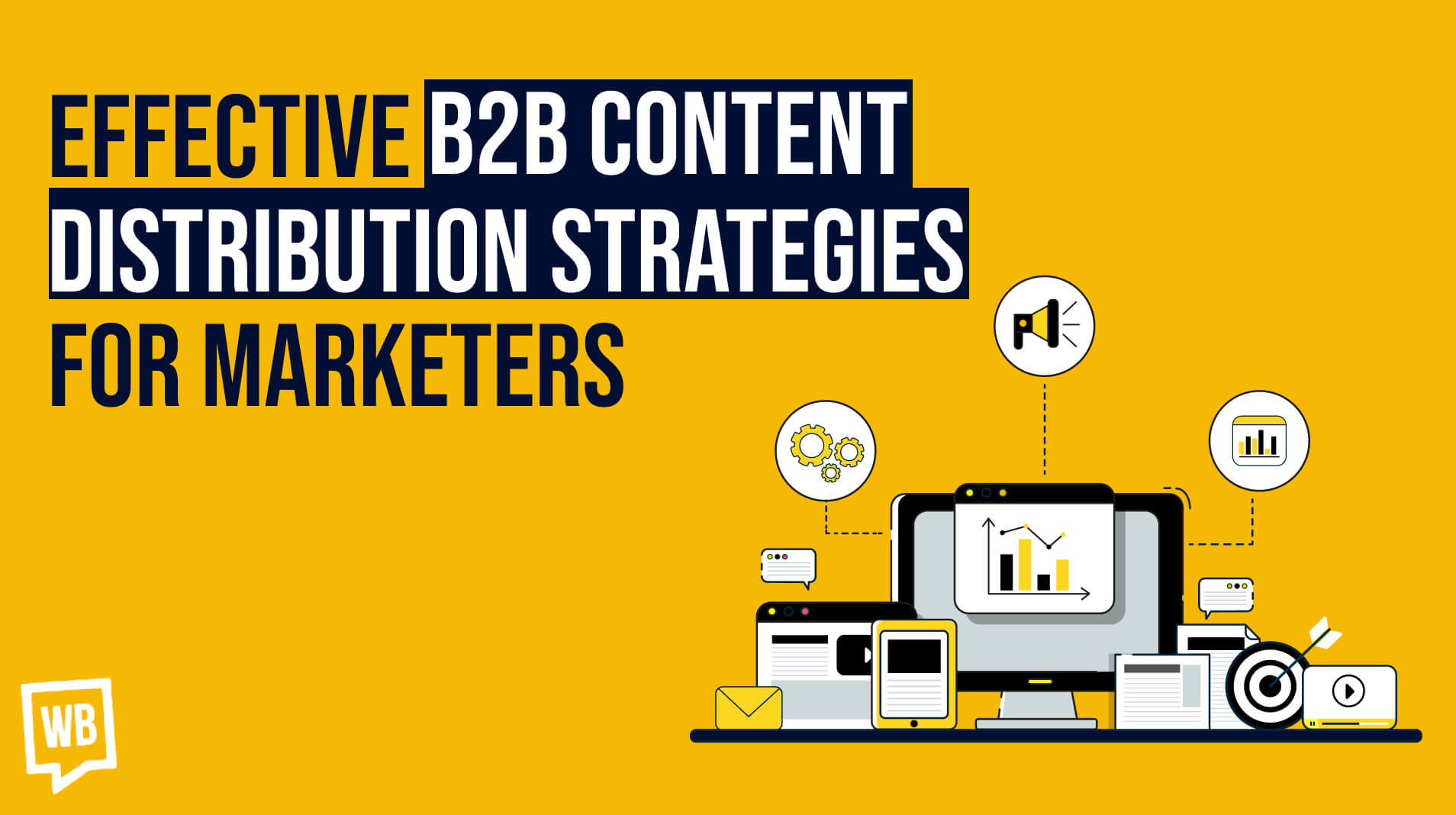360 Degree Targeting in B2B demand generation involves a comprehensive approach to understanding, targeting, and engaging potential customers throughout their journey.
Here’s a breakdown of strategies and considerations for navigating the world of demand generation data:
Customer Profiling: Start by creating detailed customer profiles based on demographic, firmographic, technographic, and behavioral data. Understand their pain points, challenges, goals, and buying behaviors.
Data Collection and Integration: Collect data from various sources including CRM systems, website analytics, social media platforms, email interactions, and third-party data providers. Integrate this data into a unified database for a holistic view of your target audience.
Segmentation and Personalization: Segment your audience based on shared characteristics and behaviors. Utilize data insights to personalize messaging, content, and offers for each segment, increasing relevance and engagement.
Predictive Analytics: Leverage predictive analytics to anticipate customer behavior and identify potential leads. Predictive models can help prioritize leads based on their likelihood to convert, enabling more efficient resource allocation.
Intent Data Analysis: Monitor and analyze intent signals such as search queries, content consumption patterns, and social media interactions to identify prospects actively researching solutions in your industry. Use this data to target prospects with timely and relevant content.
Account-Based Marketing (ABM): Implement ABM strategies to target high-value accounts with personalized campaigns. Utilize account-level data to tailor messaging and offers to the specific needs and pain points of target accounts.
Multi-Channel Engagement: Engage prospects across multiple channels including email, social media, content marketing, events, and webinars. Coordinate messaging and touchpoints across channels to create a consistent and seamless customer experience.
Lead Scoring and Qualification: Develop lead scoring models based on demographic, behavioral, and firmographic data to prioritize leads for sales follow-up. Implement lead qualification criteria aligned with your ideal customer profile to focus resources on the most promising opportunities.
Marketing Automation: Use marketing automation platforms to streamline lead nurturing, scoring, and segmentation processes. Automate repetitive tasks such as email campaigns, lead tracking, and scoring to improve efficiency and scalability.
Continuous Optimization: Monitor key performance indicators (KPIs) such as conversion rates, lead quality, and customer acquisition cost to measure the effectiveness of your demand generation efforts. Continuously test and optimize your targeting strategies based on data-driven insights to drive better results over time.
Conclusion: By adopting a 360-degree targeting approach and leveraging data effectively, B2B organizations can identify, engage, and convert high-value prospects more efficiently and drive sustainable growth in the competitive marketplace.





